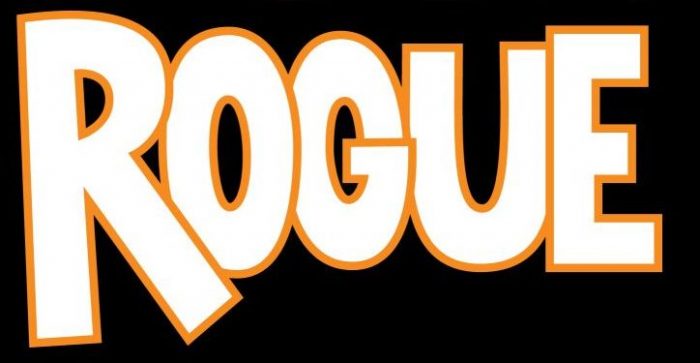Note that this article was first published 6 January 2014 at Rogue Adventure.
Gordon Bossley, organiser of the Globe Trekker Mini Rogue is keen to encourage as many new people to the sports of adventure racing and rogaining as possible, and is specifically designing the 4 hour Mini Rogue course with novices in mind. To this end, he has set out a series of 5 common questions for new participants to help them hit the ground running and answer any queries that they might have. If you have any further questions, feel free to fire them into the comments section below and we’ll endevour to get back to you with an answer.
1 Four hours seems like a long time to be out competing. What does this really mean – that we’ll be going hard for that time?
The four hour time designation is the MAXIMUM allowed, meaning you must complete the event within that time. Many teams will complete the event in less time for two reasons – either they are very fit and effective in each leg, OR they opt to do the shortest possible route, which is about 13 – 15 kms. Some may finish within 2 hours.
The four hour limit is strictly enforced for safety reasons. Teams finishing late will lose points.
2 How fit do I need to be to do this event?
It would be naive to think you can jump up off the couch and enjoy this event with no physical preparation! You need to be (for example) able to combine the following:
- Half hour run/hike
- Hour paddle
- Hour cycling
For you THE EVENT DOES NOT NEED TO BE A RACE. You can complete it at a comfortable pace, walking rather than running for example. Having said that you must be at the finish within four hours of the start. If in doubt contact us!
3 I have no orienteering type experience – how can I learn enough about using a map and compass to survive?
The navigation for this event is going to be fairly simple. We plan to run some lessons – contact us to find out more!
4 The event is due to start at 0700 – why do we need to be there so early?
Prior to the start you need to do the following – you will be busy!
- Drop your bikes off at the bike transition.
- Drive and park at the assembly (finish) point.
- Register and obtain your map and if necessary hire a map board.
- Use your map to plan your route.
- Laminate your map to protect it from water, sweat, etc.
- Board the bus to go to the start point.
5 What do I need to bring?
This is not necessarily a complete kit, you may want to add items
- Mountain bike (Australian Standards) plus helmet (Australian Standards), mitts, spare tubes, pump and map board (some may be available for rent).
- Chain Link.
- Multitool.
- Lightweight backpack.
- Water (bottles, bladder).
- Food.
- Hat.
- Sunscreen.
- Map protection (laminate or bag).
- Chair and table for planning.
- Appropriate footwear – good running shoes / cycling shoes if using cleats.
- First aid kit (crepe bandage, triangular bandage, sterile dressing and 6 band-aids).
- Whistle.
- Compass.
- Watch.
- Waterproof pouch.
- Protective eyewear (sunglasses).
- Pen, pencil, highlighters (for marking up your maps).

